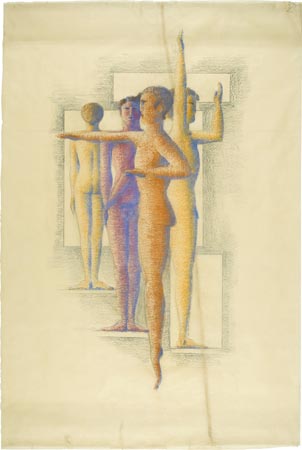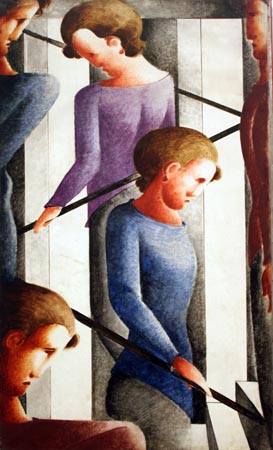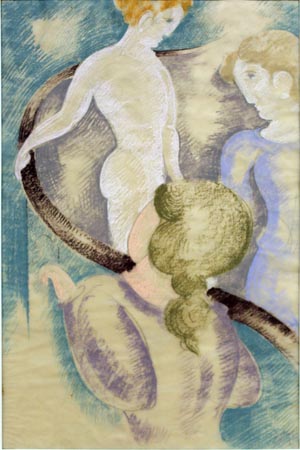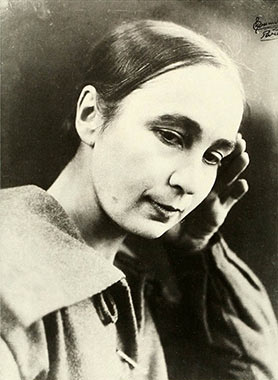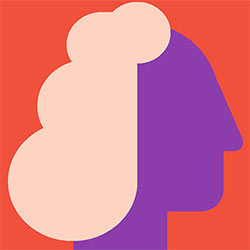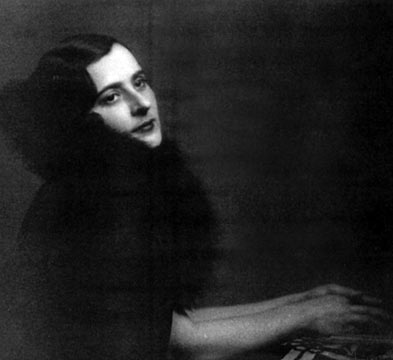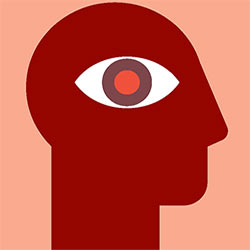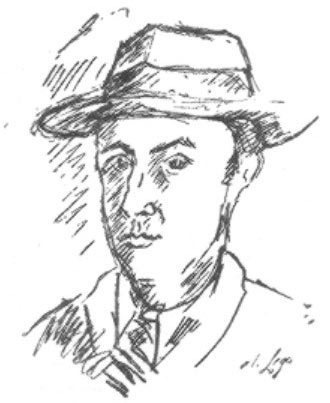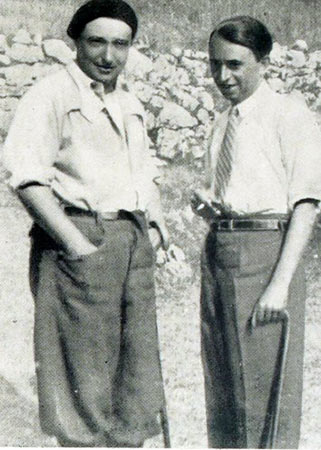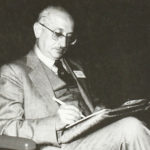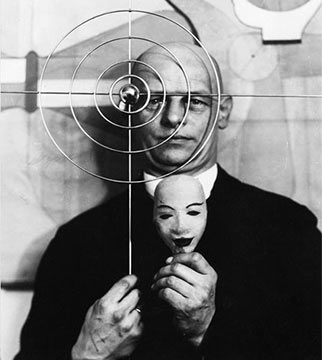
Schlemmer Oskar
(English)
Born 4 September 1888. Oskar Schlemmer worked as an apprentice in a marquetry firm in Stuttgart from 1903 to 1905. From either 1906 to 1910 or 1905 to 1909, he studied at the Stuttgart Academy of Fine Arts and returned to the school from 1912 to 1914. He served in the Germany Army from either 1914 to 1916 or 1918.
Schlemmer taught sculpture, mural painting, figure drawing, metalwork and theatre at the Bauhaus, Weimar, and the Bauhaus, Dessau, from 1920 or 1921 to 1929. In either 1919 or 1922 he choreographed the Triadischen Ballet which was shown at various theatre halls in Germany, France and Switzerland from 1922 to 1936. From 1923 to 1927 Schlemmer created stage scenery for theatre companies in Berlin and Magdeburg, Germany, and conducted set design classes at the School of Arts and Crafts in Breslau, Germany, from 1929 to 1932 or 1933.
He worked at the Vereinigten Staatsschulen für Kunst und Kunstgewerbe in Berlin-Charlottenburg from 1932 to 1933. He completed wall murals for Dieter Keller’s house in Stuttgart and the Martin factory in Offenburg, Germany, in 1940. German artist and designer, Bauhaus professor.
(Spanish)
Stuttgart 1888 – Baden-Baden 1943, fue un pintor, escultor y diseñador alemán relacionado con la Escuela de la Bauhaus.
Nacido en Stuttgart, tuvo una formación en marquetería. Entró en la Bauhaus de Weimar en 1920. Trabajó durante algún tiempo en el taller de escultura mural y, después, en el de escultura. Su obra más famosa es «Triadisches Ballett» (1922), en el que los actores aparecen disfrazados de formas geométricas. Igualmente en Slat Dance y Treppenwitz, el vestuario de los intérpretes hace de ellos esculturas vivas, como si fueran parte del escenario.
En 1923 fue contratado como maestro del taller de teatro. Cuando la Bauhaus se trasladó a Dessau, creó teatro de ensayo.
Sus cartas privadas, especialmente las dirigidas a Otto Meyer y Willi Baumeister, y su diario personal han dado valiosas referencias de lo que ocurría en la Bauhaus. Especialmente, habla de cómo el personal y los estudiantes reaccionaban a los muchos cambios y desarrollos que ocurrían en la escuela.
